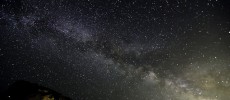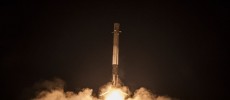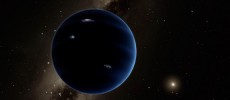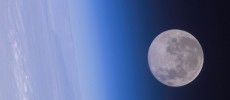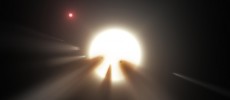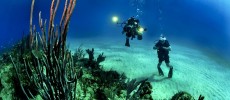Scientists Calculate the Mass of Milky Way Galaxy
According to a team of Canada-based scientists, the Milky Way weighs between 400 to 580 billion solar masses (or 4.0 X 1011 and 5.8 X 1011 solar masses). The sun's mass is two nonillion kilograms times the Earth's mass.

